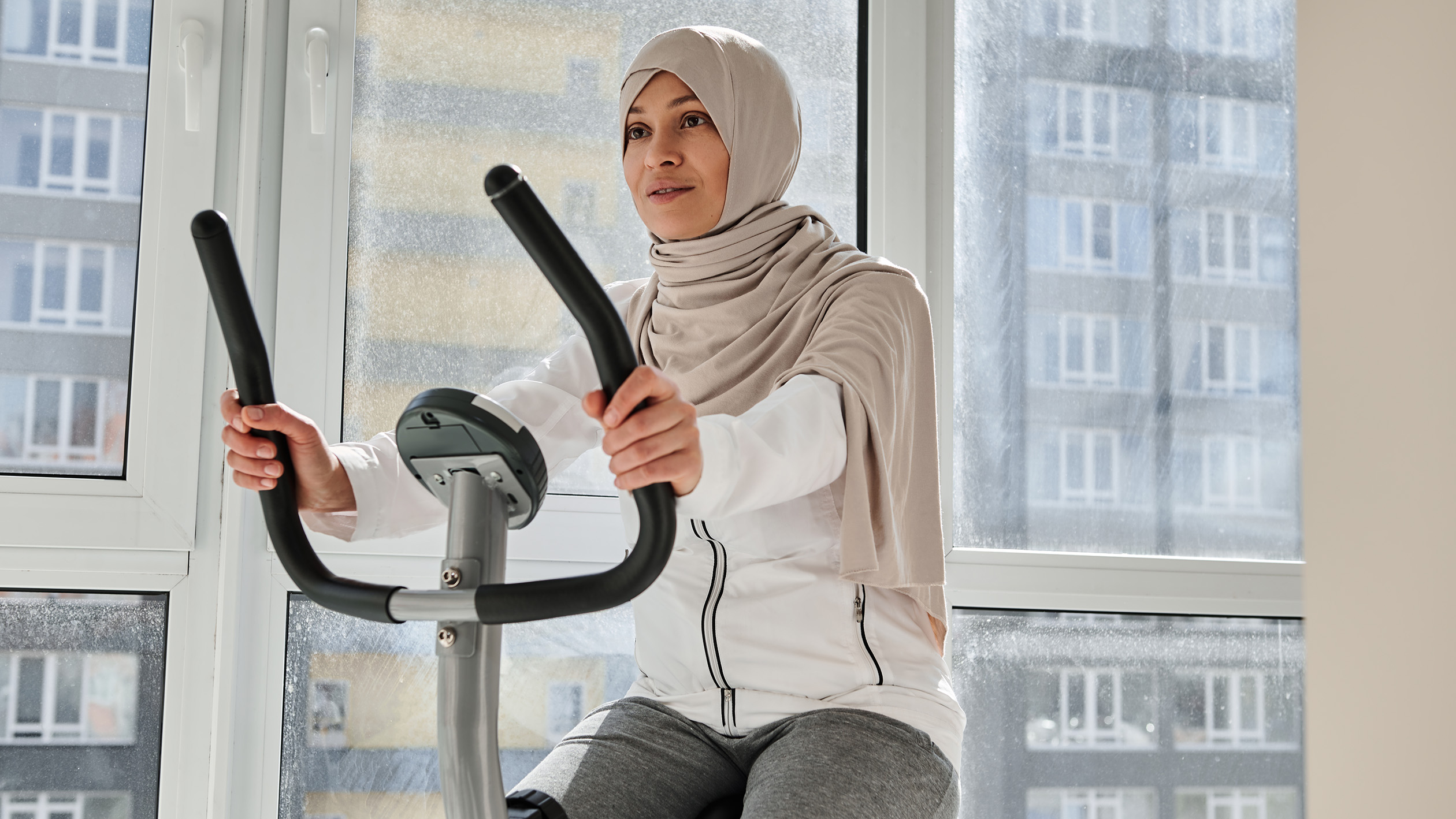As the Holy month of Ramadan approaches, Muslims across the globe prepare themselves spiritually, mentally, and physically to cope with fasting. It is a time at which one refrain from food, drink, and general elements of inappropriate character. Fasting alone has a number of well-documented benefits which include glucose homeostasis, improved cardiovascular function, reduced cholesterol levels, blood pressure regulation, and enhanced immune system function.
So why would you want to exercise during Ramadan anyway? Well for those who lead active lifestyles, having to stop exercising can have negative effects on exercise capacities developed throughout the year. Additionally, research has shown that not exercising during this period could lead to a regression in exercise-induced adaptations, hence why maintenance is paramount. However, exercise during Ramadan poses a challenge to fasting individuals. The reduced caloric intake results in low fuel levels, which may have some adverse effects if the training program is not appropriately customized to the individual observing the fast. During this period, workouts will feel generally harder as a result of increased fatigue and perceived levels of exertion.
Workout Right During Ramadan
Whether to exercise or not during Ramadan is a personal choice as every individual may have their own fitness goals. Current research suggests moderate intensity exercise during Ramadan offers an ideal safe zone within which exercise capacities can be maintained, without adverse effects. This exercise intensity has also demonstrated a number of positive effects on the human body, which promote optimal immune function. In regards to resistance or strength-based training, the focus during this period is to ‘Deload’, which enhances general training capacities, as it facilitates recovery and promotes improved performance levels.
Moderate Intensity Exercise
Moderate-intensity exercise is any exercise that increases your heart rate by at least 50-70% and lasts between 45-60 min. If you can hold a conversation while exercising, then you are in the correct zone. If you prefer a more scientific approach, then you can calculate your Target Heart Rate using the formula below
- Calculate your Resting Heart Rate (RHR), the heart rate when you first wake up
- Then calculate your Maximum Heart Rate(MHR)
- 220 – (your age) = Maximum Heart Rate
- Then subtract your RHR from your MHR
- Finally, calculate your Target Heart Rate (THR)
Maximum Heart Rate: Resting Heart Rate x (Training Intensity Percentage) +RHR = THR
Example:
Yusrah, 30, wants to continue her cardio training 2-3 times a week after Iftar. She has an RHR of 70 BPM and wants to exercise at 65% intensity for 45 minutes. Her THR is 133bpm
220 – 30 = 190 (MHR)
190 – 30 = 160
(160 – 70) x 70% + 70 = 133bpm (Target Heart Rate)
How to Deload a Resistance Training Program
The term ‘Deloading’ is often used in literature to refer to reduced volume training achieved either by reducing the volume of the workout, its intensity, or even both. Below is an example of a pre and Ramadan resistance-based program:
- Pre-Ramadan: 4-5 times weekly resistance training at high volume. 5-7 movements. 25-30 sets. 5-7 rep range.
- During Ramadan: 3-4 times weekly resistance training at a reduced volume. 2-4 movements. 8-10 sets. 5-7 rep range. Exercise intensity (weight being lifted) remains constant.
Important Note: For those focusing on resistance or strength-based training, you will likely lose some of your ‘gains’ achieved during the year, both size and strength. However, the extent to which this reduction occurs depends significantly on your training experience i.e the longer you have been lifting the less you are likely to lose, relatively speaking. Secondly, post-Ramadan, once you are able to return to your normal routine and intensities, these adaptations tend to return within a short period of time. However, caution must be exercised post-Ramadan when returning to baseline lifting volumes. Adopting a progressive approach to training load is essential in order to prevent injury.
Diet to Maximize Your Workout Potential During Ramadan
The fasting individual is only able to eat and drink between sunset and before the break of dawn. This window is further narrowed by the special 1-hour ‘Tarraweh’ prayers performed after the final prayer of the day (Isha). To optimize output and recovery, a focused nutritional approach must be adopted. Adequate consumption of high-quality proteins, carbohydrates, vitamins, and minerals produces better outcomes for exercise recovery. Small portioned but frequent meals between Iftar and Suhoor can be achieved, with 1g of high-quality carbohydrate per kilogram of body mass at least an hour before and after the exercise session. Additionally, 20-25g of high-quality protein post-exercise has been demonstrated to restore amino acids, which are essential for protein synthesis.
Tips to Remember
- Plan your workouts carefully
- Focus on ‘maintenance’ of exercise capacity
- Follow a nutritious, energy-rich healthy diet
- Double down the hydration between Iftar and Suhoor
- Be gentle and kind to yourself


